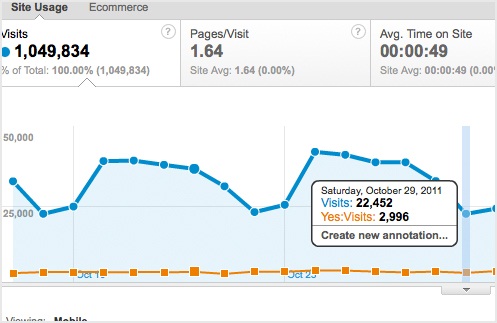One of the key aspects of developing a good UX ( AKA user experience) on a website is outlining clear user paths (the series of pages that site visitors are most likely to view based on their needs and interests). One way to move people down a particular path, and forward in their buying journey, is with a well crafted CTA.more

Mark is a Senior UI/UX Designer at MINDSCAPE. He makes the websites you use easier to use and has been designing for the screen for over 14 years. Outside of work, he likes watching documentaries, playing music and rolling in the dirt with dogs (both his own and random strays). He also doesn't photograph very well.













